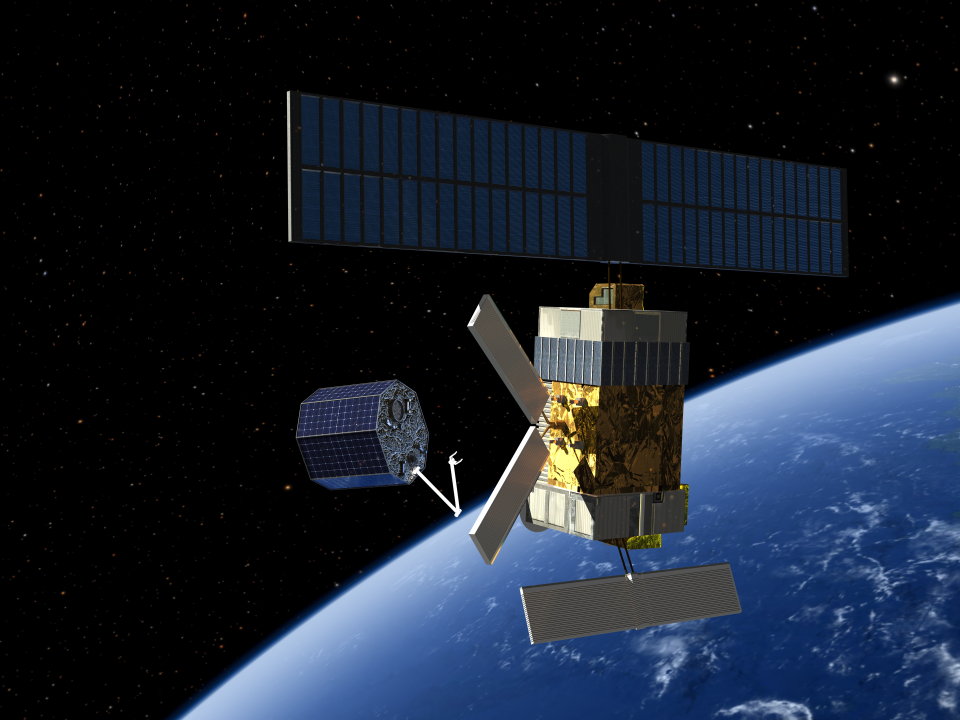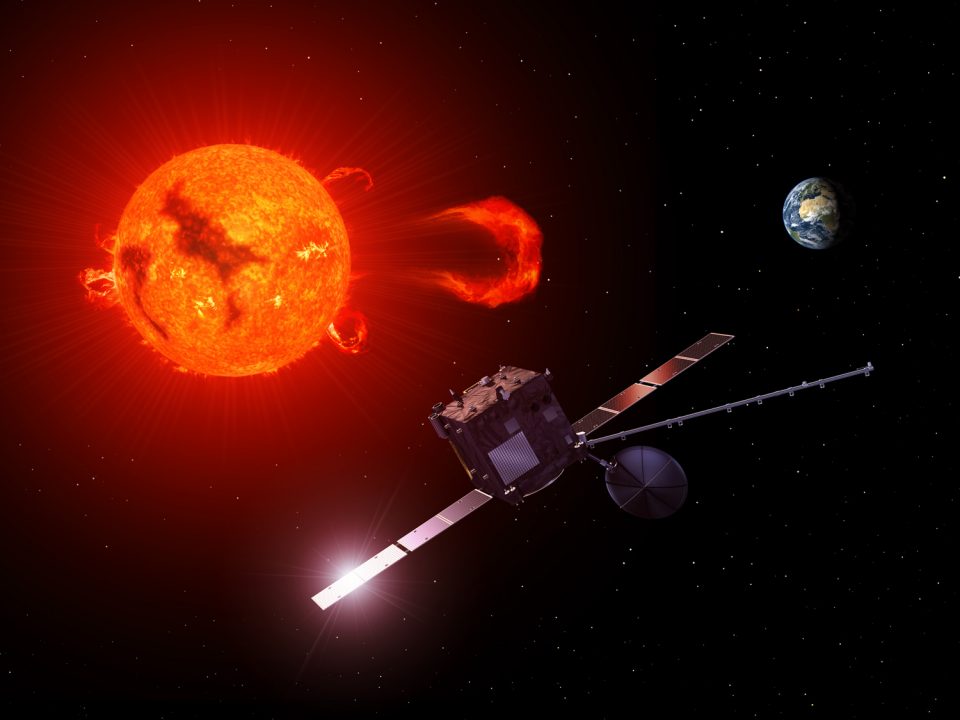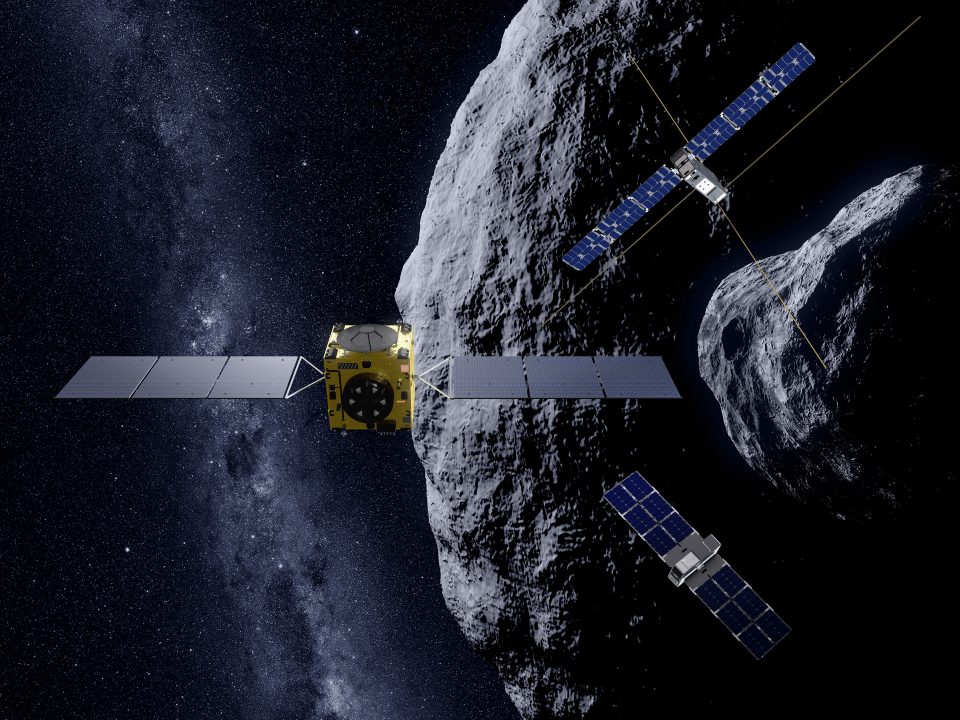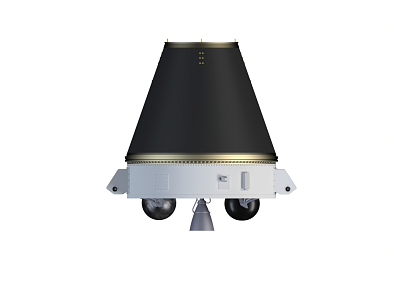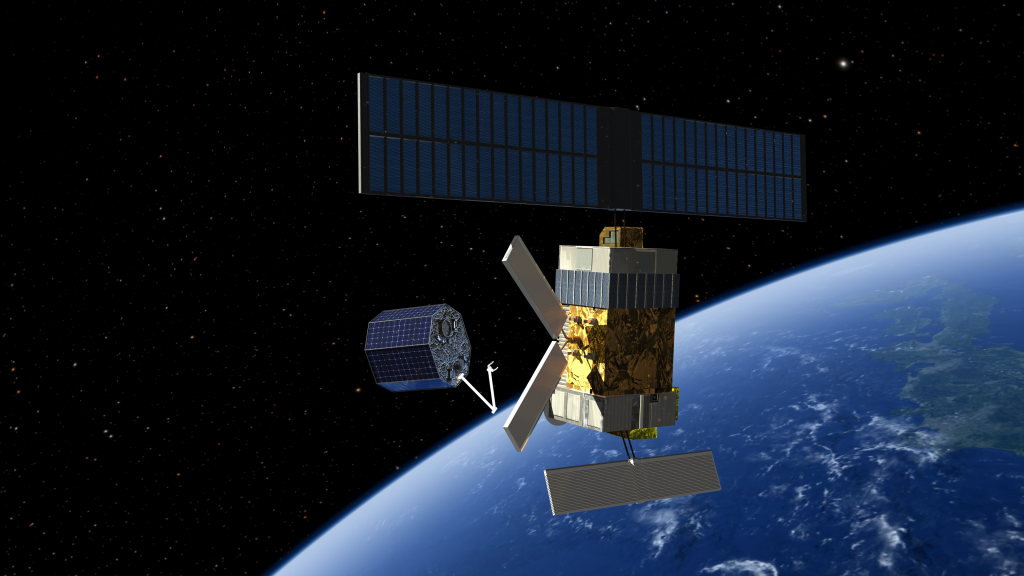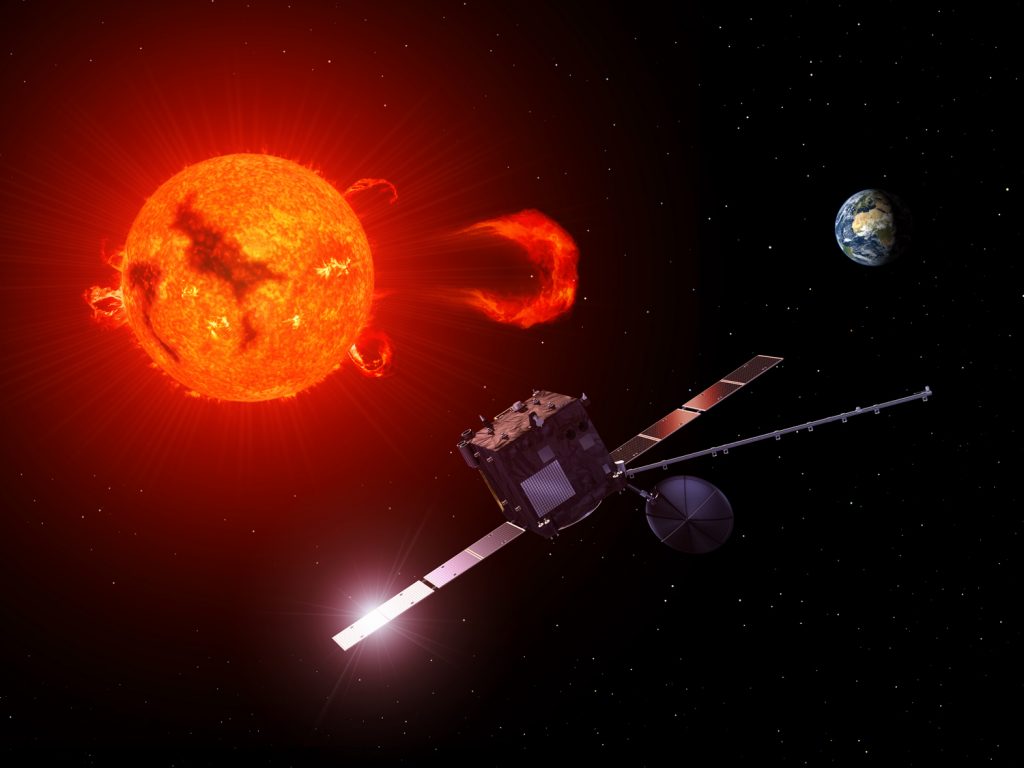Space safety – united in one programme

In order to be better able to address hazards from space, ESA developed its Space Situational Awareness (SSA) Programme into the Space Safety Programme (S2P) on the occasion of the Space19+ Ministerial Council in Seville, Spain. Its activities on the sustainable use of space and protection against threats from space have been combined in one envelope. The planned activities cover the following topics:
Space weather forecasting of solar flares and cosmic rays
Planetary defence to protect against near-Earth asteroids or comets
Clean space through space debris mitigation and active removal
COSMIC — a new incubator in the S2P programme

In the S2P core activities within the COSMIC element, research and development activities from the areas of space weather, near-Earth objects, space debris and clean space are continued in the COSMIC element within the S2P core activities. Here, targeted industrial and university participation can expand existing knowledge to gain information about threats to European infrastructure in space and on Earth — and thus also help avoid imminent economic damage. Many such activities in COSMIC are of interest to German institutions. For example, within the Space Weather Service Network, the Ionosphere Weather Expert Service Centre is coordinated by the DLR Institute for Solar-Terrestrial Physics in Neustrelitz. It combines Germany's and Europe's scientific strengths and develops corresponding forecast services – for satellite and network operators, for example, as well as for aviation. To this end, the German-Austrian magnetometer SOSMAG has been providing important space weather data since its launch on 4 December 2018 on board the Korean satellite GEO-KOMPSAT-2A.
